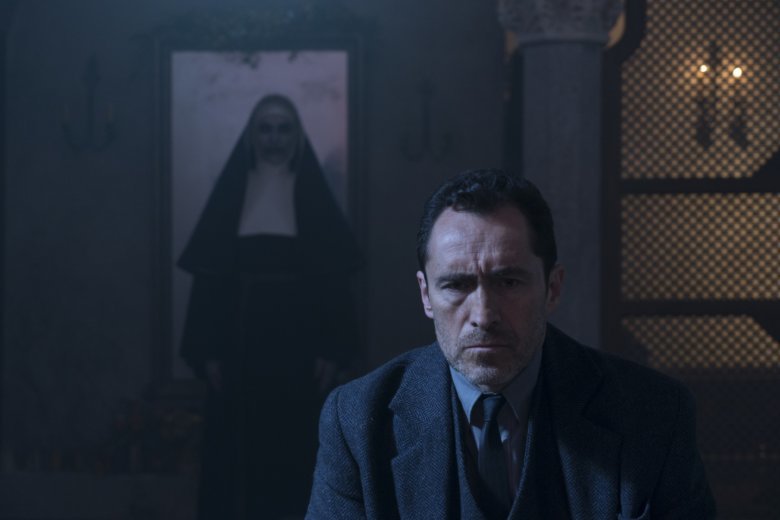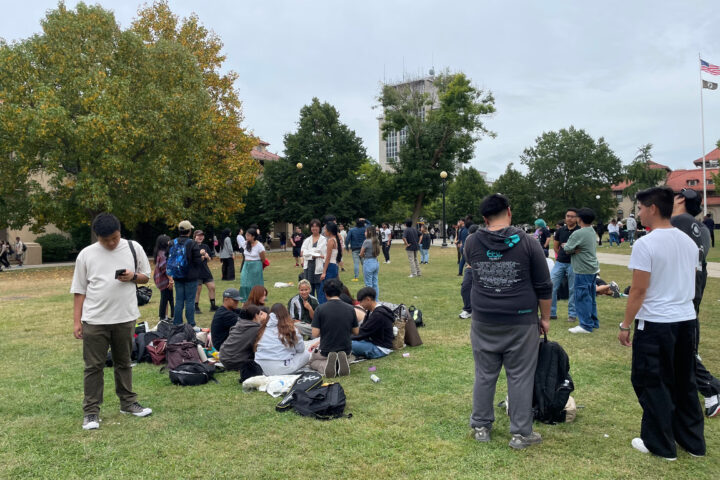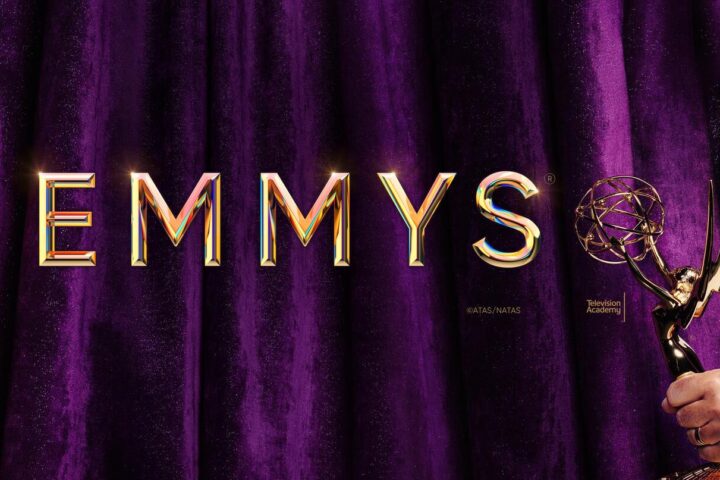“The Witch” is a new, original horror film sure to get under the skin of audiences and scare them too.
Despite containing many common tropes of sub-par witchcraft horror movies, the film separates itself as a heart-wrenching family drama only heightened by the supernatural.
The film also features an incredible amount of intricate design in both the set and historical information put in the story. The care is clearly shown through the dedication of director Robert Eggers, who researched Puritan folk mythology for four years before making the film.
The movie even uses real dialogue taken from journals and accounts of exorcisms from the 16th and 17th century. The research and design gives viewers the sense of being present in a world in which the beliefs and superstitions of the characters are real.
“The Witch” begins when a Puritan family is exiled from their community for their patriarch’s sin of “prideful conceit” or arrogance. William, played by Ralph Ineson, is a strong-willed and good-hearted father with a booming voice and a passing resemblance to the popular depictions of Jesus. The mother, Katherine, played by Kate Dickie, is a plain-faced woman.
After banished from their town, they, along with their five children, start a new life in the forest.
Not long after their arrival, the eldest daughter, a fair-haired teenage girl named Thomasin, played by Anya Taylor-Joy, plays peek-a-boo with her baby brother, Samson, until a sinister power comes into play.
When Thomasin opens her hands once, she sees the giggling child. But, by the third time she uncovers her eyes, the cheerful infant is gone. Though only known to the audience, a witch kidnaps and kills the child.
To add to the despair of losing a child, the family risks starvation as their crops fail and winter nears. The central drama comes from how the family deals with the tragedy of Samson.
The effective part of this film comes from its realistic portrayal of family life in both quieter, happier moments and unsparing depictions of grief. The family in the film is timeless. The siblings fight just like children do today, using old-English versions of “I’m going to tell mom” and teasing the younger ones.
Another element that separates this film from other horror films is the thoughtful shot composition, cinematography and directing. The film uses traditional scare tactics, like close up shots when something jumps out from beyond the frame.
Yet these standard tricks do not detract from the quality of the film. The directing technique that elevates this film transforms shocking moments from sudden, intense and engrossing action into a stunningly composed scene of gore.
The camera pulls back, revealing the aftermath of the horror in a way that few films bother to do, heightening the perception of terror by its results. The conscious choice to see the scene from an objective angle after being so enthralled may remove the initial intensity, but allows dread to sink in.
“The Witch” is so terrifying, not because of its depiction of evil witches, but its evil depiction of human nature.













